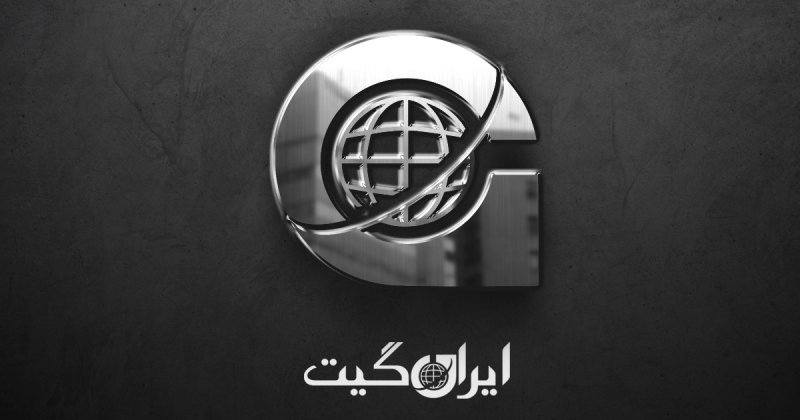Military attacks and the return of the shadow of sanctions trigger mechanism reactivates
The sanction trigger on Tehran’s temple: Is Iran on the brink of returning to global isolation?
With the halt of Iran’s voluntary cooperation with the International Atomic Energy Agency in response to military attacks by Israel and the United States on nuclear facilities, a critical situation has emerged in the realm of international diplomacy that has once again brought the possibility of the return of UN sanctions against Iran to the forefront. These sanctions can be activated within the framework of a mechanism known as the trigger mechanism.
This mechanism, included in the 2015 nuclear agreement text JCPOA, is now, on the brink of the tenth anniversary of the signing of this agreement by the remaining three European countries in the JCPOA – the United Kingdom, France, and Germany – once again being proposed as a tool to pressure Iran.
According to UN Security Council Resolution 2231, adopted in July 2015, some key parts of the JCPOA, including the possibility of activating the trigger mechanism, are set to expire in October 2025. As this date approaches, Western warnings about the potential return of sanctions have intensified.
Meanwhile, Tehran finds itself in a precarious position, not only facing the threat of the full reinstatement of sanctions but also the recent Israeli attacks have shown that its nuclear facilities are vulnerable to military action. This reality has significantly complicated the outlook for future negotiations.
What is the trigger mechanism and how does it work?
Within the JCPOA framework, a mechanism was established to address disputes in case of violations of the parties’ commitments, known as the dispute resolution mechanism or the so-called trigger mechanism. This process is defined in Articles 36 and 37 of the JCPOA and can lead to the automatic return of international sanctions.
If one of the JCPOA members believes that the other party is not adhering to its commitments, it first refers the matter to the Joint Commission of the agreement.
This commission initially has 15 days to review the dispute. If the dispute remains unresolved, the matter is escalated to the level of foreign ministers, who also have 15 days to address it. If the issue is still not resolved, the final stage can lead to the referral of the matter to the UN Security Council.
The key point here is that if in the Security Council even one of the permanent members, like the U.S. or the U.K., prevents the adoption of a resolution to extend the suspension of sanctions, the previous sanctions will automatically return without the need for consensus or a new vote.
This process is thus likened to a trigger; a small push can activate a large trigger.
Can the U.S. activate the trigger mechanism?
Although the United States plays a key role in Iranian nuclear developments, legally, after withdrawing from the JCPOA in 2018, it no longer has the authority to use this mechanism.
In 2020, Washington attempted to use this tool against Tehran, but the majority of Security Council members did not accept this attempt.
Therefore, if the trigger mechanism is to be activated now, the European countries present in the agreement must take the initiative.
From JCPOA to the current crisis: How did we get here?
The JCPOA was signed with the aim of halting the progress of Iran’s nuclear program and lifting sanctions. Tehran committed to limiting enrichment levels and allowing broader inspections by the International Atomic Energy Agency.
However, the unilateral withdrawal of the U.S. from the agreement during Trump’s presidency and the reinstatement of economic sanctions darkened the path of the agreement.
In response, Iran gradually stepped back from implementing some of its commitments. Tehran, in five stages, abandoned the set limits on uranium reserves, enrichment levels, centrifuge development, and activities at certain nuclear sites.
Eventually, the enrichment level of uranium increased to 60%, a level close to weapons-grade enrichment.
European countries repeatedly warned that this process might lead to the activation of the dispute resolution mechanism, but in practice, no such action was taken.
Israel’s attack: A turning point in the nuclear standoff
In June 2025, Israel, citing the potential threat posed by Iran’s enrichment reserves, launched a large-scale military attack on Iran’s nuclear facilities.
This operation, aimed at pushing back the nuclear program of the Islamic Republic, was also supported by the U.S.
Although Iran insisted that its nuclear activities were peaceful, the Israeli attack changed all the equations.
The damages inflicted on nuclear sites, political pressures, and the potential activation of the trigger mechanism have created an unprecedented situation for the Iranian government.
Tehran’s stance: Continue resistance or return to the negotiating table?
Some senior officials of the Islamic Republic, in response to these developments, believe that after the military attack and the loss of part of the nuclear achievements, there is no longer any reason to continue cooperation with the Agency or negotiate with the West.
In their view, Iran should advance its nuclear program without any restrictions.
However, the reality is harsher than these analyses. Increasing isolation at the international level, clear vulnerability to air strikes, and a severe economic crisis all indicate that the option of completely cutting off cooperation could have a heavy price.
Looking to the future: What would be the consequences of activating the trigger mechanism?
If European countries decide to initiate the process of reinstating sanctions, Iran might once again find itself under heavy UN Security Council sanctions, which in the past severely limited Iran’s oil exports, banking interactions, and foreign trade.
Given the current state of Iran’s economy and the reduction of international support, activating the trigger mechanism could worsen the country’s situation beyond its current crisis.
Returning to the pre-JCPOA status without any tangible achievements might have political and economic costs that are not easily recoverable.

